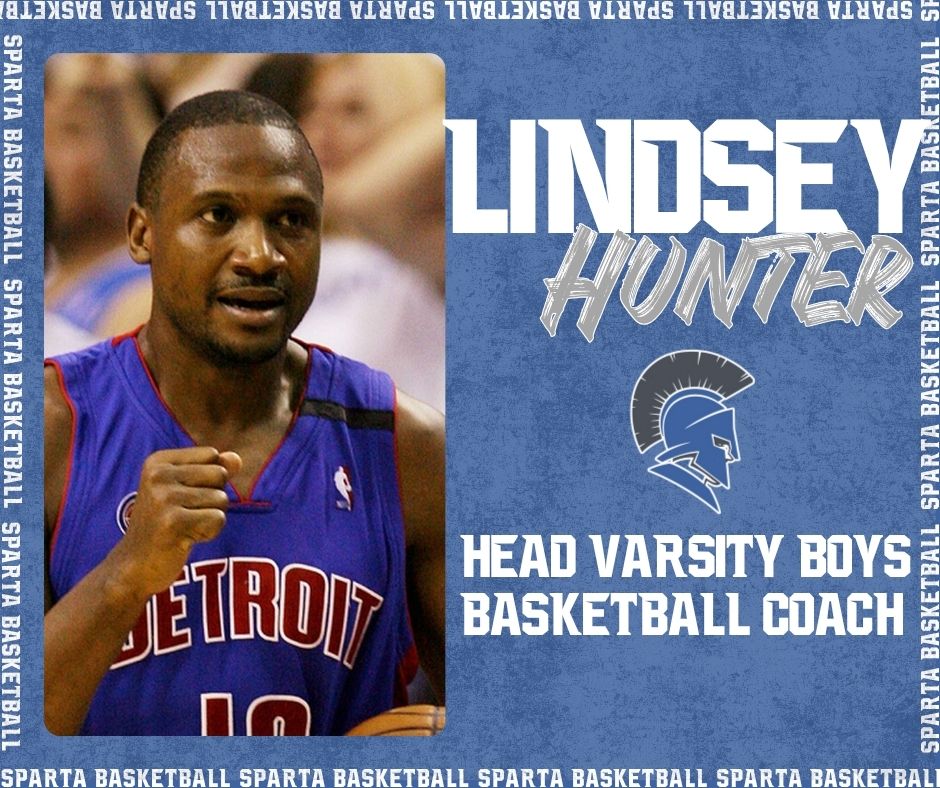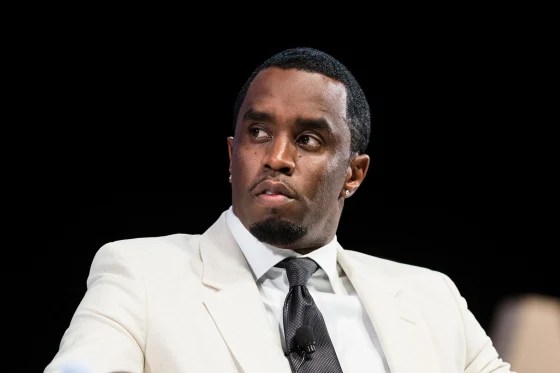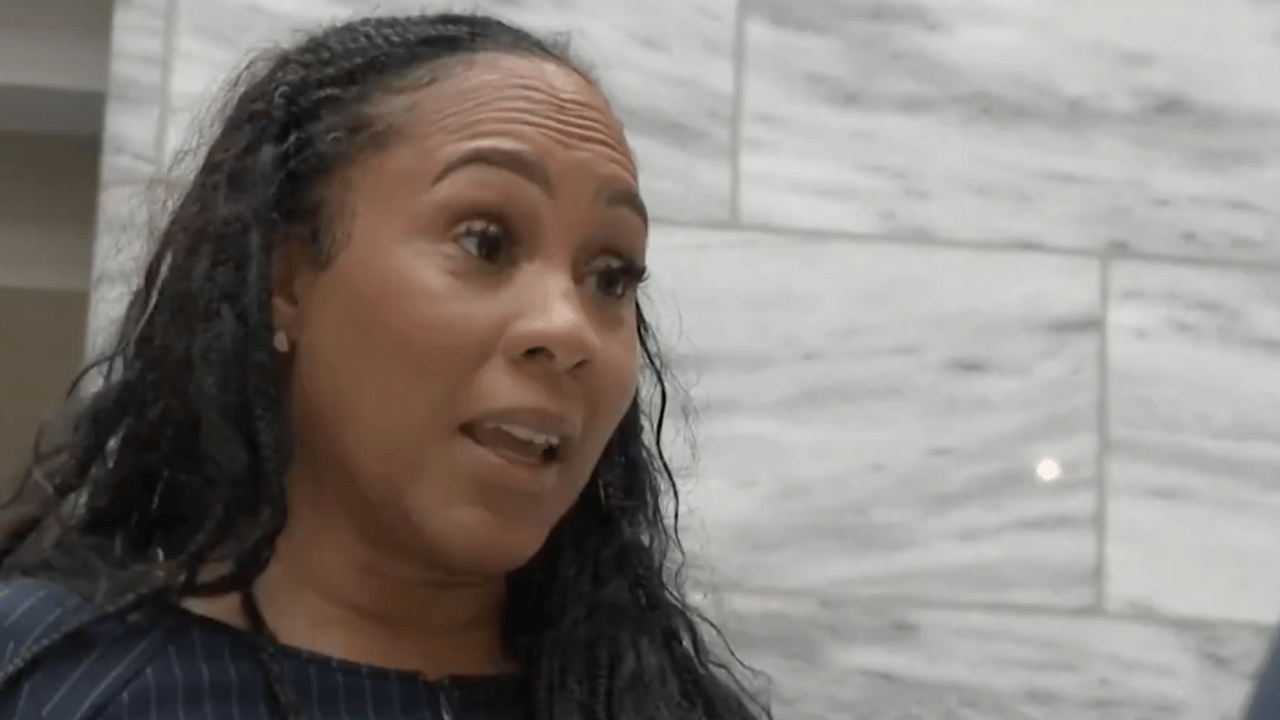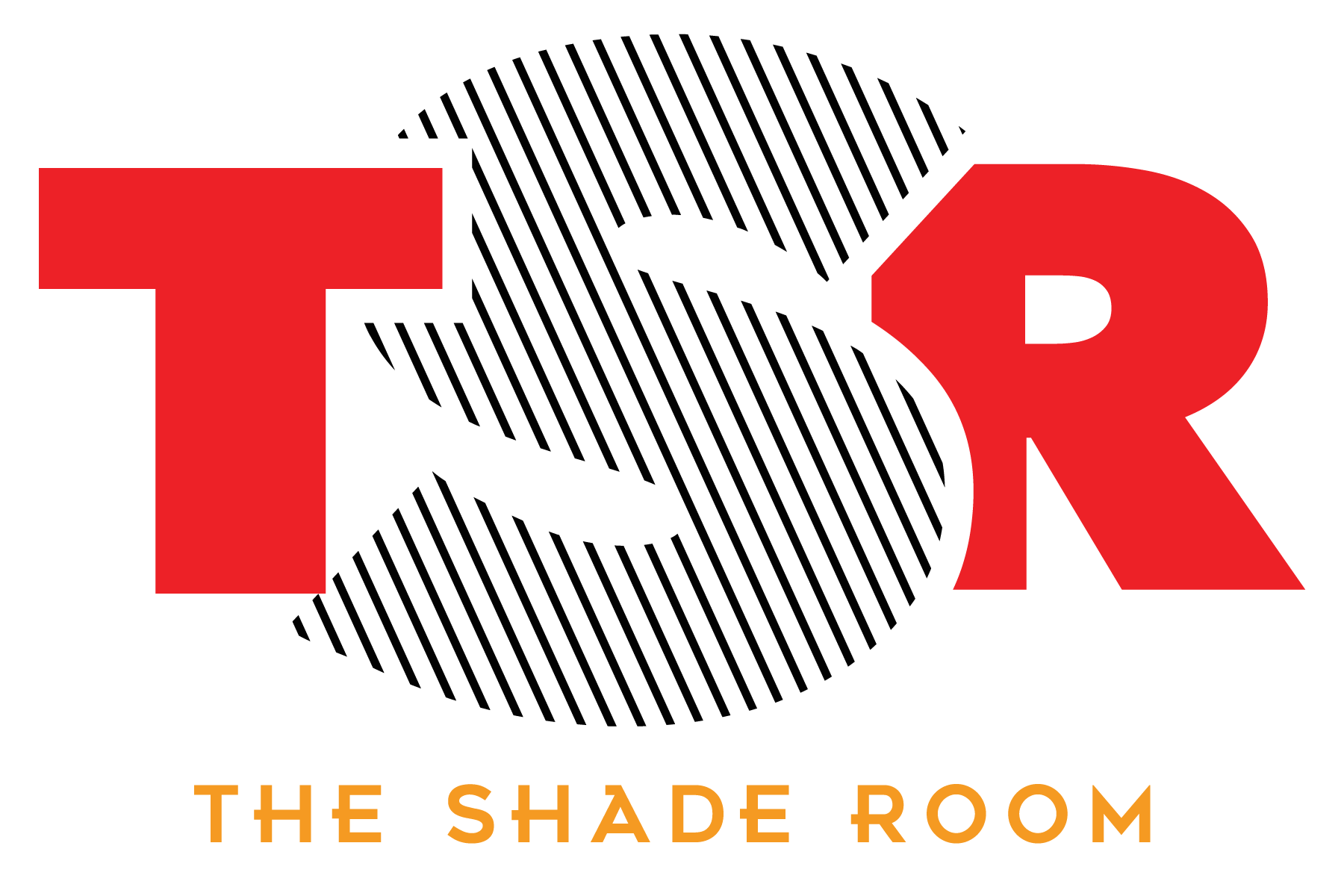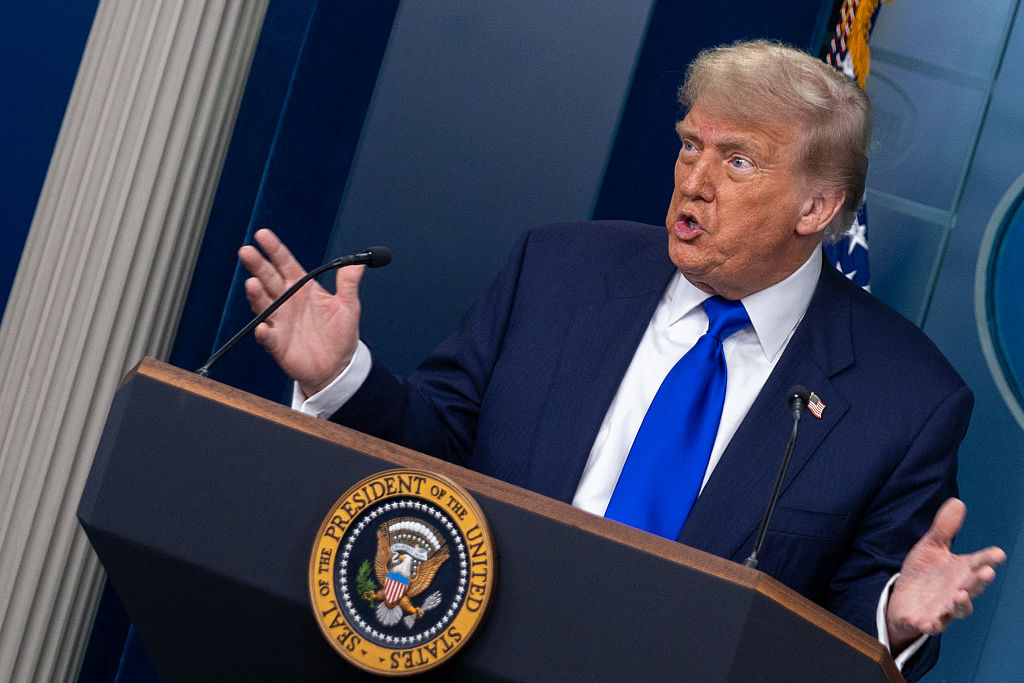Colleges can now instantly compensate their athletes, ushering in a transformative period for faculty sports activities following Friday’s formal approval of a multibillion-dollar authorized settlement.
U.S. District Decide Claudia Wilken gave the inexperienced gentle to the settlement reached between the NCAA, its main conferences, and attorneys representing all Division I athletes. This Home v. NCAA settlement resolves three federal antitrust lawsuits, alleging that the NCAA unlawfully restricted student-athletes’ potential to earn cash.
Decide Wilken’s long-anticipated ruling comes simply weeks earlier than colleges start issuing funds to athletes, beginning July 1.
The annual cap is predicted to start out at roughly $20.5 million per college in 2025-26 and enhance yearly in the course of the decade-long deal. These new funds are along with scholarships and different advantages the athletes already obtain.
The settlement provides colleges the facility to create new guidelines designed to restrict the affect of boosters and collectives. Beginning this summer season, any endorsement deal between a booster and an athlete shall be vetted to make sure it’s for a “legitimate enterprise goal” relatively than a recruiting incentive.
A number of HBCUs, comparable to Morgan State, College of Maryland Jap Shore, North Carolina A&T, and Hampton (by means of an affiliation with the CAA) have agreed to choose in to the Home settlement settlement.
What does opting in imply?
Establishments that choose in can even be topic to new roster limits and scholarship pointers. This antitrust settlement, valued at over $2.8 billion, addresses previous restrictions on student-athlete compensation and establishes a revenue-sharing framework.
Whereas colleges within the energy conferences (SEC, Huge Ten Huge 12, ACC and Pac-12) shall be mechanically sure by the phrases of the settlement, colleges outdoors these conferences had the selection to choose in or out to the settlement. Colleges that choose out won’t be able to instantly pay gamers by means of income sharing.
“The choice to choose in to the settlement permits for monetary help and income sharing to offer student-athletes an actual alternative to earn revenue whereas acknowledging the time, expertise, and vitality student-athletes carry to UMES,” Vice President of Athletics & Recreation Tara A. Owens stated in a press release. “We proceed to discover all avenues to ascertain and preserve aggressive groups whereas offering an optimum collegiate expertise for our student-athletes.
Owens stated the choice “is not going to enhance the monetary funding the college makes” athletics.
“UMES will make the most of our division assets strategically and domesticate new pathways for student-athlete monetary help,” Owens stated. “We’re excited in regards to the new panorama of school athletics and the way forward for Hawk athletics.”
Morgan State is predicted to contribute over $230,000 to the settlement fund and scale back soccer roster dimension so as to add Olympic sports activities to stay in compliance with Title IX.
What does the choice imply for NIL?
In particular reference to NIL, the settlement goals to create a extra equitable mannequin for faculty athletics, guaranteeing that student-athletes obtain honest compensation and help.
Collaborating colleges can now provide direct NIL funds and different monetary advantages to student-athletes, probably together with scholarships above the NCAA’s earlier limits. Colleges may also interact in direct NIL contracts with student-athletes, comparable to licensing agreements, endorsement offers and model promotion agreements.
“Moreover, opting into the settlement goals to reinforce the student-athlete expertise, enhance visibility and entry, and guarantee aggressive recruitment and positioning throughout the MEAC and Northeast Convention,” the college stated within the launch.
For scholarship and roster administration functions, opting into the settlement permits colleges, together with UMES, to make use of a portion of their athletic income to instantly profit student-athletes, and scholarship limits could also be eradicated.
Settlement may create ‘difficult occasions’
SWAC Commissioner Charles McClelland addressed the Home vs. NCAA settlement final winter.
“It’s now allowable for establishments to instantly give NIL cash to their student-athletes. Meaning there’s going to be an inflow of athletes which can be in search of NIL funds,” he stated in December. “You’re going to must have some title picture and likeness cash put aside to compete.”
McClelland defined that the Home settlement will impression the funds of each SWAC establishment.

“The SWAC convention’s contribution to that [settlement] is $30 million. There’s going to be some difficult occasions from a monetary standpoint.”
To counteract that, McClelland stated that assets are being developed to assist every college compete on this new period of school athletics.
“We’re going to develop a greatest follow doc that we’ll give to all presidents and chancellors as a information,” he stated. “We’re in a great place from a income standpoint; we’re going to be simply wonderful, however it’ll take some extra effort. We are going to want NIL {dollars} on the within, and we are going to work with you to assist develop that. We’re going to proceed to remain on prime.”




